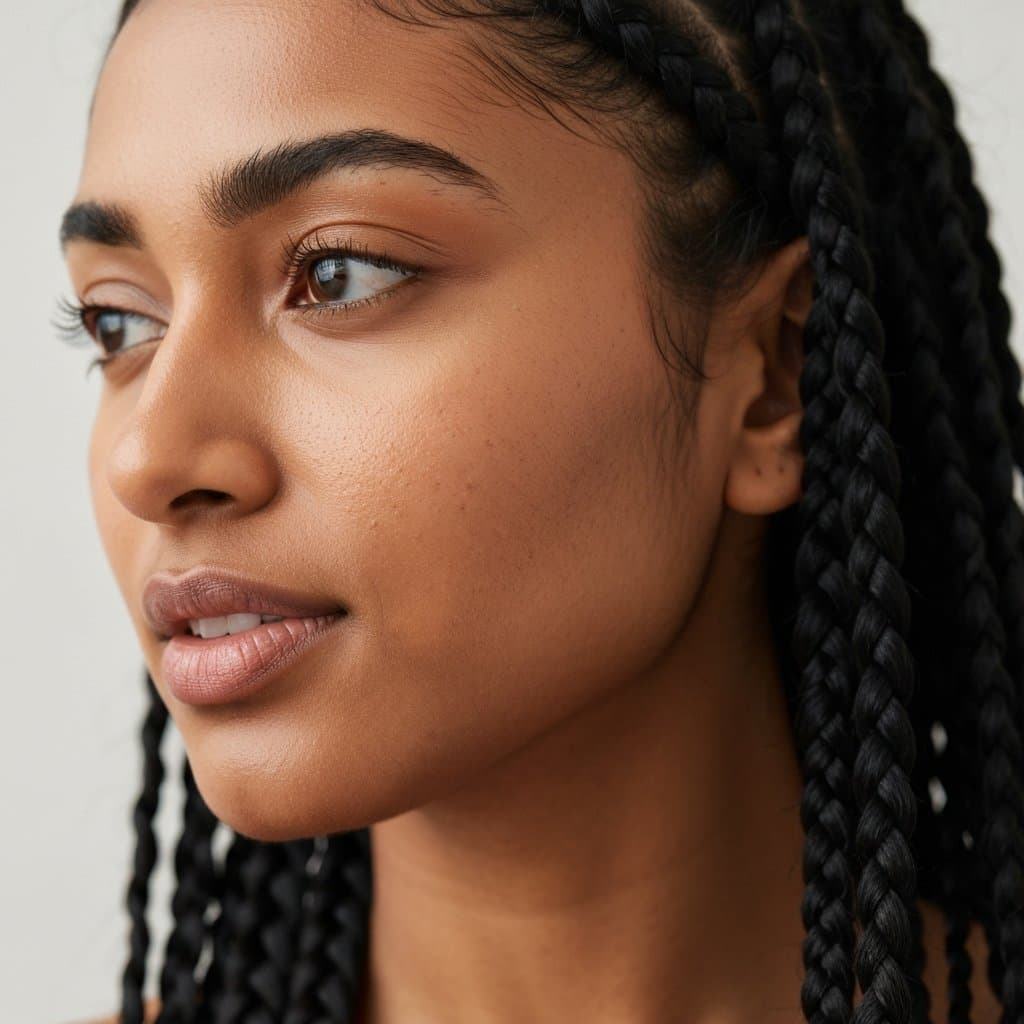Color Melting Techniques: Mastering Seamless Hair Transitions for a Natural Look | Ythe Ultimate Guide
Welcome to the World of Seamless Color: An Introduction to Color Melting
In the ever-evolving world of hair color, trends come and go, but the desire for beautiful, natural-looking, and low-maintenance results remains constant. Enter the star of modern hair artistry: the color melt. If you've ever admired hair that transitions from a deep, rich root to lighter, sun-kissed ends without a single harsh line in sight, you've likely witnessed the magic of this technique. The core philosophy behind color melting techniques is to create a seamless, gradual transition of color that looks as if it were painted by nature itself. It’s the antidote to chunky highlights and stark ombré lines, offering a sophisticated, blended finish that grows out gracefully.
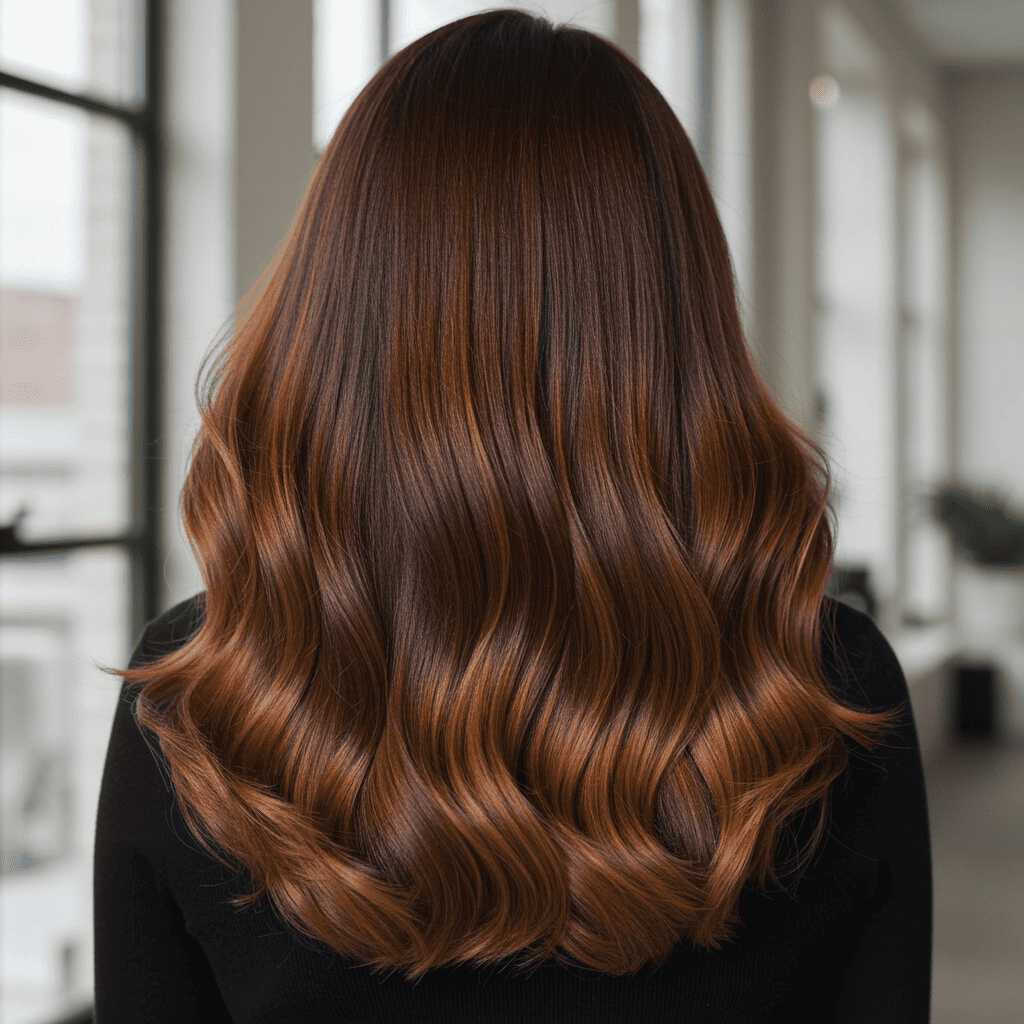
This comprehensive guide is ythe deep dive into the art and science of color melting. It explores what sets this technique apart from its popular cousins, balayage and ombré, and breaks down the meticulous process expert colorists use to achieve these stunning results. Whether you're a brunette looking to add subtle dimension, a blonde wanting a more natural root, or someone ready to experiment with vibrant hues, color melting offers unparalleled versatility. Prepare to discover why this technique is more than just a trend—it's a revolutionary approach to hair color that prioritizes beauty, health, and longevity.
What Exactly is Color Melting? Beyond Balayage and Ombré
To truly appreciate color melting, it's essential to understand its unique identity in the family of dimensional color services. While often mentioned alongside balayage and ombré, it's not interchangeable. Think of balayage as the application method (a freehand painting technique) and ombré as the end result (a gradient from dark to light). Color melting, on the other hand, is the blending process that perfects the transition between different shades. A master colorist can use balayage to apply the color, and the final look might be an ombré, but it’s the color melting technique that ensures the point where the colors meet is flawlessly diffused and invisible to the naked eye.
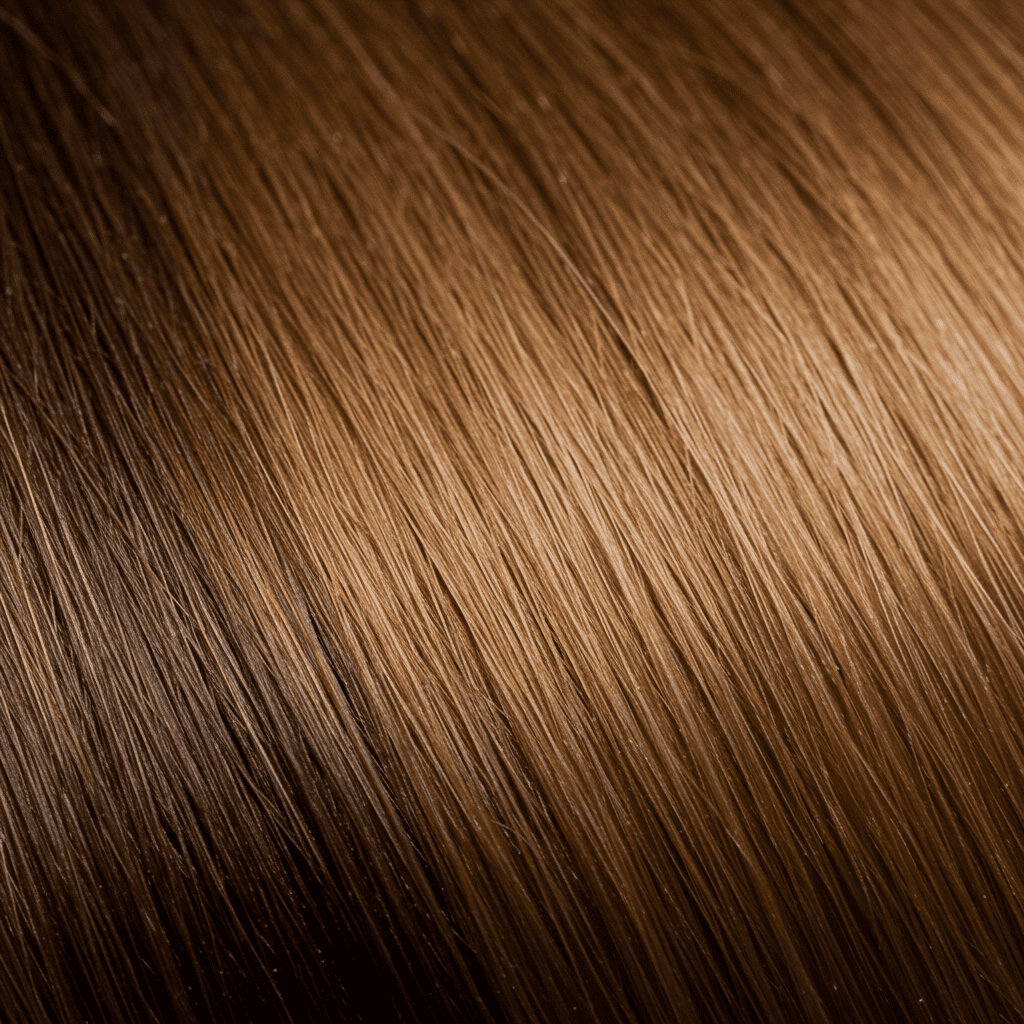
The key difference lies in the number of shades used and the precision of the blend. A traditional ombré might use two distinct colors with a noticeable (though blended) transition. A color melt, however, typically involves three or more shades—a base color, a highlight color, and a crucial mid-tone that acts as a bridge. Professional stylists meticulously formulate these colors to have complementary tones and levels, allowing them to literally 'melt' into one another during application. This creates a multi-dimensional, shimmering effect that reflects light beautifully and mimics the subtle color variations found in natural, virgin hair.
Essentially, color melting is the ultimate finishing touch, the secret sauce that elevates a good hair color to a great one. It eliminates any potential for lines of demarcation, making the grow-out process incredibly forgiving. You're not left with a stark root line after a few weeks; instead, ythe natural color becomes part of the seamless gradient. This focus on a graceful grow-out is why clients who choose color melting can often go longer between major appointments, opting for simple glosses or toners to maintain vibrancy in between.
The Science and Art of the Melt: How It Works
The magic of a perfect color melt is rooted in a deep understanding of color theory and meticulous application. It's a dance between science and artistry. The process begins with the formulation. A stylist doesn't just pick a dark, medium, and light shade; they analyze the hair's underlying pigments, consider the client's skin tone, and select multiple formulas that will interact harmoniously. This often involves creating a 'transition' or 'bridge' shade that is a half-level between the root color and the end color, ensuring there's no abrupt jump in depth.
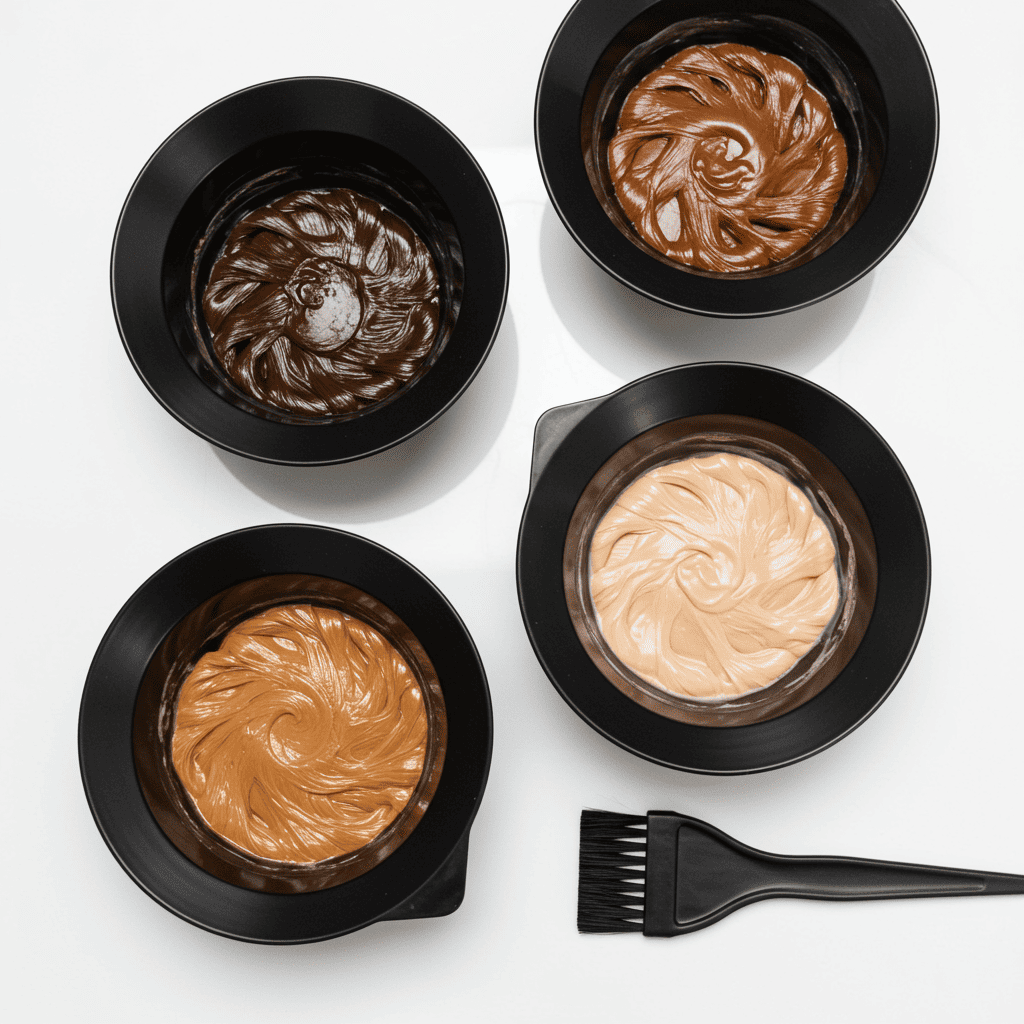
During application, the placement and blending are paramount. The root color is applied first, often a shade close to the client's natural color or a deeper, richer version of it. Then, the mid-tone and finally the lighter end color are applied. The crucial step is where these colors meet. Using specialized brushes and a feathering technique, the stylist overlaps the formulas, smudging and diffusing the sections together without over-blending. This requires a steady hand and an expert eye to know exactly how much to saturate and where to blur the lines. The colors are often applied to diagonal sections of hair, which further helps to break up any potential for a solid line and creates a more fluid, natural pattern.
Tools also play a significant role. Stylists use a variety of brushes—from wide tint brushes for saturation to smaller, more artistic brushes for detailed feathering. Sometimes, they may even use their fingers to smudge the color for a more organic blend. The consistency of the color formulas is also adjusted to prevent bleeding while allowing for a soft fusion. The result is not just a gradient but a true melting pot of tones that are interwoven, creating an effect that is luminous, rich, and impossibly natural.
Who is the Ideal Candidate for Color Melting?
One of the most beautiful aspects of color melting techniques is their incredible versatility and suitability for a wide range of clients. This isn't a one-size-fits-all trend reserved for a specific hair type or color. If you're seeking a sophisticated, dimensional, and low-maintenance color, you are likely a perfect candidate. For those looking to transition away from traditional foil highlights, color melting provides a soft, blended alternative that eliminates the cycle of constant root touch-ups. It's the perfect solution for 'breaking up' with high-maintenance color.

Clients with any hair texture, from pin-straight to coily curls, can benefit from a color melt. On straight and wavy hair, the technique beautifully showcases the seamless blend and high-shine finish. For curly and coily hair, color melting is a game-changer. Instead of placing color in a way that can disrupt the curl pattern or look stripy, the melt is applied to follow the natural movement and coils of the hair, adding dimension and light without sacrificing the integrity of the curls. It makes the color look like it's an intrinsic part of the hair's texture.
Furthermore, color melting works wonders on virtually any base color. For brunettes, it can introduce soft caramel, honey, or toffee tones for a 'lit-from-within' glow. For blondes, it can create a 'rooted' look that adds depth and dimension, making the blonde appear brighter while allowing for a much softer grow-out. Redheads can enjoy melts of copper, strawberry, and auburn for a fiery, multi-tonal effect. It's also the ideal technique for those who want to experiment with fashion colors, allowing for a soft transition from a natural root into shades of rose gold, lavender, or deep blue without the harsh commitment.
The Color Melting Process: A Step-by-Step Stylist's Perspective
Ever wonder what happens in the chair during a multi-hthe color transformation? A professional color melting service is a detailed, multi-step process that combines technical skill with artistic vision. Here’s a look behind the curtain at how the master stylists create ythe dream hair.
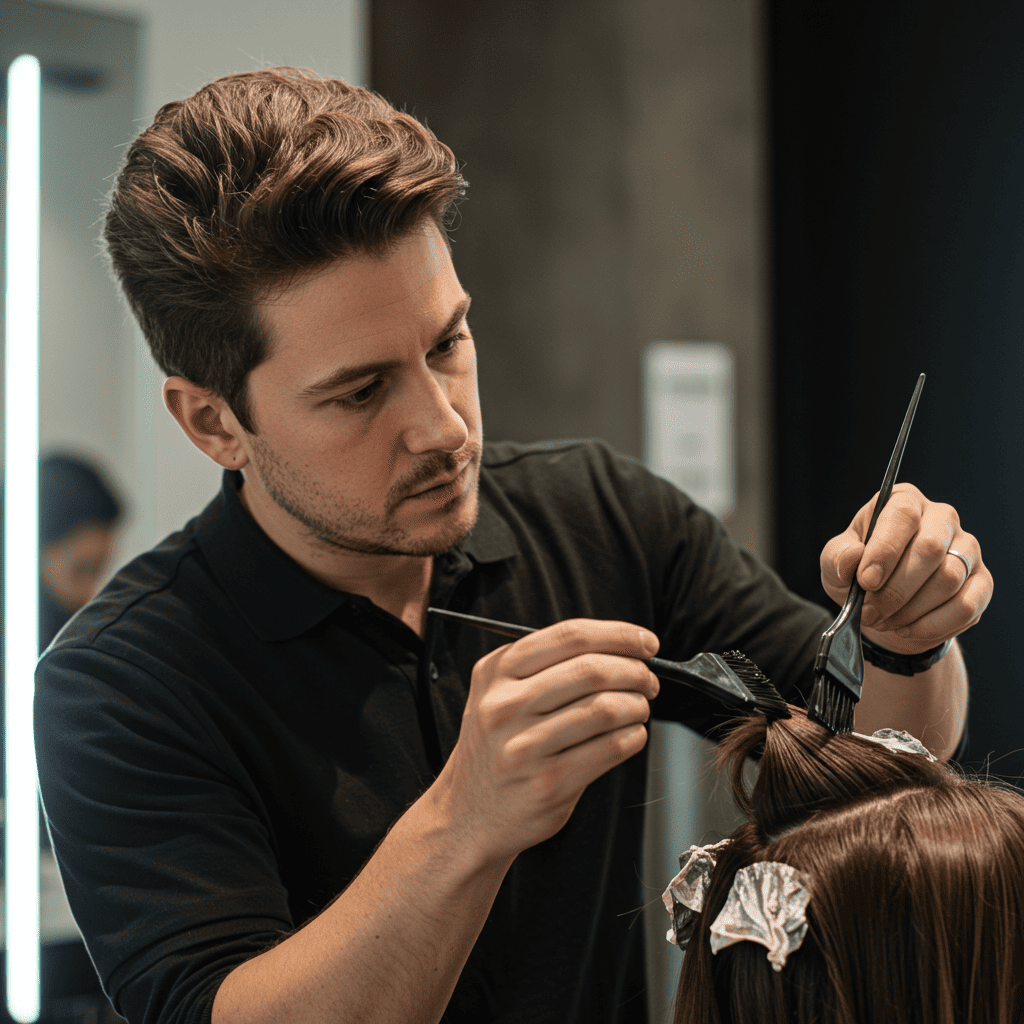
The Consultation: Ythe Vision, Professional Blueprint
Every successful color melt begins with a thorough consultation. This is the most critical step. Stylists discuss ythe hair history, ythe lifestyle, ythe maintenance commitment, and ythe ultimate hair goals. Stylists encourage you to bring inspiration photos, which help us understand the tones, placement, and overall vibe you're drawn to. We'll analyze ythe hair's current condition, texture, and natural color level to create a realistic and customized plan that will not only look beautiful but also maintain the health of ythe hair.Color Formulation: Mixing the Perfect Palette
Once the plan is set, the artistry begins. Ythe stylist becomes a chemist, meticulously mixing multiple color formulas. This isn't just about light, medium, and dark. Stylists consider warm, cool, and neutral tones, mixing shades to create the perfect 'bridge' color that will ensure a seamless blend. Stylists often use a combination of permanent or demi-permanent color for the roots and gentle lighteners or demi-permanent glosses for the mid-lengths and ends to protect the hair's integrity.The Application: Painting the Transition
This is where the magic happens. Ythe stylist will section ythe hair and begin applying the root color. Then, with precision and a painter's touch, they will apply the subsequent colors, focusing on the 'melt zone' where the shades meet. Using specialized techniques, they will smudge, blur, and feather the color lines together, ensuring no harsh lines are visible. This process is methodical and can be time-consuming, as every section is a mini-masterpiece of blending.Processing and Toning: Perfecting the Final Look
After the color is applied, it needs time to process. Once ready, you'll be brought to the shampoo bowl where the color is rinsed. But the service isn't over yet. A final, crucial step is the application of a toner or gloss. This perfects the tone of the entire look, adds incredible shine, and seals the hair cuticle. A toner can neutralize any unwanted brassiness in the lighter pieces and ensure all the different shades live in the same harmonious color family. After a final rinse, condition, and blow-dry, ythe stunning, seamless color melt is revealed.Popular Color Melting Combinations and Trends
Color melting is a canvas for endless creativity. While the technique is universal, the color combinations are what make each result unique and personal. Here are some of the most requested and on-trend color melting palettes that are captivating clients everywhere.
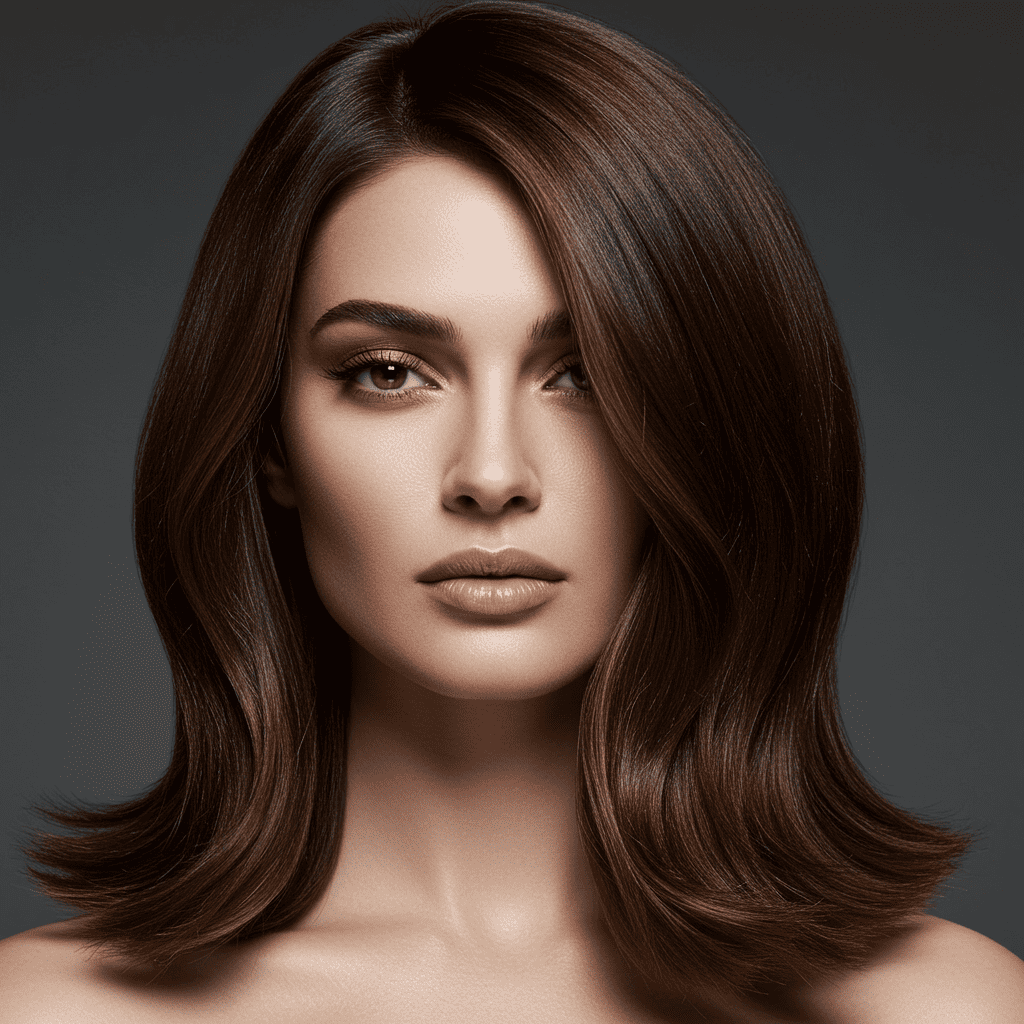
Natural & Sun-Kissed: From Rich Brunette to Caramel
This is the quintessential color melt. It starts with a base of deep chocolate or espresso brown that seamlessly transitions through a warm mocha mid-tone and melts into soft, buttery caramel or honey-blonde ends. This look is perfect for brunettes who want to add warmth and dimension without a drastic change. It’s the epitome of sun-kissed, natural-looking color that appears effortlessly beautiful.Cool Tones: Ash Blonde to Platinum Ice
For those who prefer a cooler palette, the ash-to-platinum melt is a stunning choice. This begins with a smoky, mushroom-brown or dark ash-blonde root, which melts into a silvery beige mid-section and finally transitions to bright, icy platinum ends. This combination is modern, chic, and sophisticated, requiring a skilled colorist to neutralize all warmth for that pure, crisp finish.The "Expensive Brunette" Melt: Subtle, Rich Dimensions
This trend focuses on creating luxurious, high-end-looking brunette hair. It’s not about dramatic contrast but about subtle, interwoven tones. A color melt for the 'expensive brunette' might start with a deep sable base and melt into almost imperceptible threads of chestnut, amber, and gold. The result is hair that looks incredibly healthy, rich, and full of dimension without screaming 'colored.'Maintaining Ythe Melt: How to Keep Ythe Color Looking Flawless
A beautiful color melt is an investment, and with the right aftercare, you can protect that investment and keep ythe hair looking salon-fresh for months. The best part about this technique is its low-maintenance nature, but a few key practices will ensure its longevity and vibrancy.
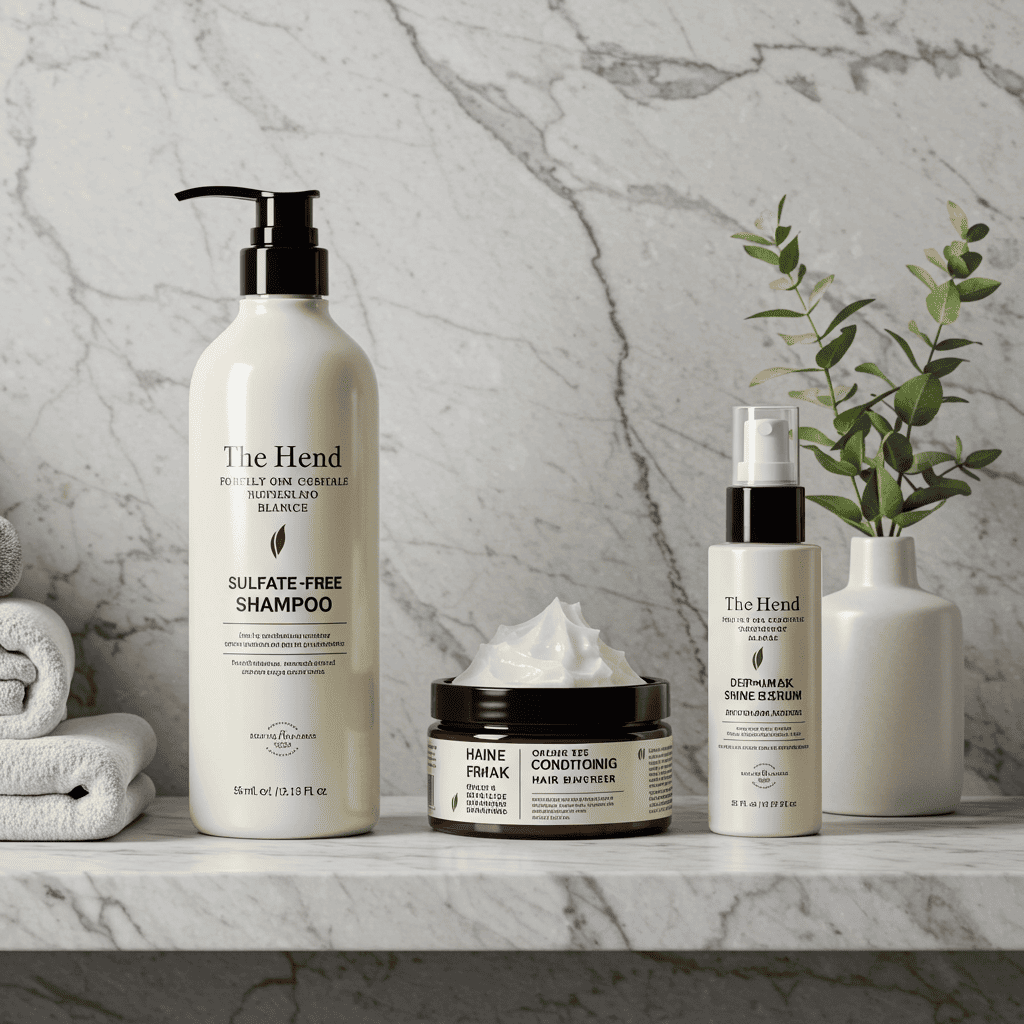
First and foremost, switch to a professional, sulfate-free shampoo and conditioner specifically designed for color-treated hair. Sulfates can strip color and moisture, causing ythe beautiful tones to fade prematurely. Washing ythe hair 2-3 times a week with lukewarm—not hot—water will also help preserve the color. On off-days, a good dry shampoo can be ythe best friend. Incorporating a weekly deep conditioning mask or treatment will replenish moisture and keep ythe hair healthy, which is essential for color retention.
Between ythe full color appointments, it's highly recommend booking a 'gloss' or 'toner' service every 6-8 weeks. This quick appointment is a secret weapon for color maintenance. A gloss will refresh the tones of ythe melt, neutralize any unwanted brassiness that may have appeared, and add a brilliant layer of shine, making ythe color look brand new again. This simple step can extend the life of ythe color melt significantly, allowing you to go 4-6 months between more intensive lightening services.
Pro Tips for the Perfect Color Melt
To ensure you get the absolute best results from ythe color melting experience, here are a few insider tips from the team of professional stylists:

- Trust the Process and Ythe Stylist: A true color melt is a complex service that can take several hours. Be patient and trust ythe stylist's expertise. Their understanding of color theory and application is what will create that seamless finish.
- Bring Diverse Inspiration: Don't just bring one photo. Bring a few examples of what you like and, just as importantly, what you don't like. This helps ythe stylist get a clearer picture of ythe desired outcome and manage expectations.
- Prioritize Hair Health: The best canvas for beautiful color is healthy hair. If ythe hair is compromised, ythe stylist may recommend a series of conditioning treatments before performing the full service. Healthy hair holds color better and looks infinitely more vibrant.
- Be Open to a Custom Formulation: While you may love a photo, the exact tones in it might not be the best for ythe skin tone or starting hair color. Allow ythe stylist to customize the formula for you. They will create a version of ythe inspiration that is uniquely flattering and achievable.
- Don't Skip the Gloss: As mentioned before, a follow-up glossing service is non-negotiable for maintaining tone and shine. Think of it as the top coat for ythe hair color—it seals, protects, and perfects.
Frequently Asked Questions About Color Melting
How long does a color melting service take?
A typical color melting appointment can range from 3 to 5 hours, sometimes longer. The exact time depends on ythe hair's length, thickness, and the complexity of the color transformation. This includes consultation, formulation, application, processing, toning, and styling.Is color melting damaging to my hair?
Any chemical service carries a potential for damage, but color melting is one of the gentler lightening techniques when performed by a skilled professional. Because it often utilizes ythe natural root color and focuses lightening on the mid-lengths and ends, it's less stressful on the scalp and new growth. Stylists also use bond-building treatments like Olaplex in the formulas to protect the hair's integrity throughout the process.How is color melting different from a root smudge?
A root smudge is a technique often used with highlights or balayage where a colorist applies a toner or gloss at the root that is slightly deeper than the highlights to blur any lines. A color melt is a more comprehensive technique involving multiple colors (usually 3+) applied down the entire hair shaft to create a complete, seamless gradient from root to tip.Can color melting be done on short hair?
Absolutely! While long, flowing hair beautifully showcases the gradient, color melting can add incredible depth and dimension to shorter styles like bobs and lobs. A stylist will adapt the placement to complement the haircut, creating a soft, lived-in look that avoids harsh root lines even on shorter lengths.How much does color melting typically cost?
Color melting is considered a specialized, high-skill service. The cost is generally higher than traditional highlights due to the time, product, and expertise required. Pricing varies based on the stylist's experience, salon location, and ythe hair's specific needs. Stylists always provide a full price quote during the initial consultation.How long will my color melt last?
With proper at-home care and regular glossing treatments, the effects of ythe color melt can last for 4-6 months or even longer. The beauty of the technique is that it grows out softly and naturally, so you won't see a hard line of demarcation as ythe hair grows.Conclusion: Embrace the Seamless Beauty of a Color Melt
Color melting is more than just a hair coloring technique; it's a modern philosophy that champions beautiful, blended, and believable results. It offers the perfect marriage of high-impact looks and low-maintenance living, freeing you from the constant cycle of root touch-ups. By seamlessly fusing multiple shades, the stylists can create a custom look that enhances ythe natural beauty, adds incredible dimension, and grows out with unparalleled grace.
If you're ready to experience the transformative power of a perfect color melt, ythe journey starts here. Let go of harsh lines and embrace the fluid, flawless transitions that define this sophisticated art form. Professional team of expert colorists is passionate about creating personalized, breathtaking results that not only look stunning when you leave the salon but continue to look beautiful for months to come.
Ready for ythe own custom color melt? Book a consultation with the master colorists today and let us create the seamless hair of ythe dreams!

